By Claire Hutchins
Seven months into marketing year 2020/21, USDA currently forecasts total U.S. wheat exports will reach 26.8 million metric tons (MMT), which, if realized, would be 2% more than 2019/20 and 7% more than the 5-year average. As of Dec. 24, U.S. wheat commercial sales are 9% ahead of last year’s pace at 20.6 MMT, led by hard red winter (HRW), hard red spring (HRS) and white wheat (soft and hard).
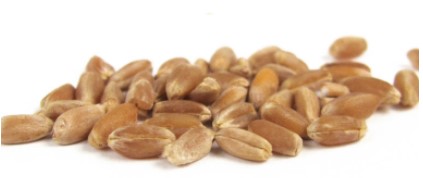
HRW. Total HRW sales of 7.10 MMT are 3% ahead of last year and are 7% ahead of the 5-year average as significantly increased exports to Nigeria and China more than offset reduced sales to Mexico, the largest market for HRW.
Current sales to Nigeria of 758,000 metric tons (MT) are up 30% on the year due to greater export elevation capacity out of the Texas Gulf compared to other U.S. export terminals. While exporters in the Center Gulf and Pacific Northwest (PNW) have to balance massive commodity export programs, which makes it comparatively more expensive to elevate wheat, exporters in the Texas Gulf have fewer commodities and lower volumes to balance, making it easier and less expensive to elevate and ship HRW.
As of Dec. 24, China has purchased 1.12 MMT of HRW after no purchases in 2019/20. Strong HRW export sales so far in 2020/21 can be attributed to the Phase One agreement between the United States and China. So far in MY 2020/21, China is the second largest market for HRW behind Mexico.
Export sales to Mexico are down 8% on the year at 1.65 MMT due to volatility in the value of the peso and significantly reduced restaurant demand following the COVID-19 outbreak.
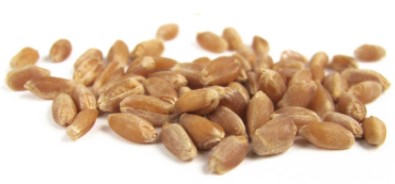
HRS. Total HRS export sales of 5.78 MMT are 9% ahead of this time last year and are 4% ahead of the 5-year average. Sales to the Philippines and Japan, the top two markets for HRS, are up 5% and 6% respectively on competitive prices and increased focus on food stability following the COVID-19 outbreak, says the trade.
Export sales to China, now the third largest market for HRS, are up more than 700% on the year at 518,000 MT following the Phase One trade agreement.
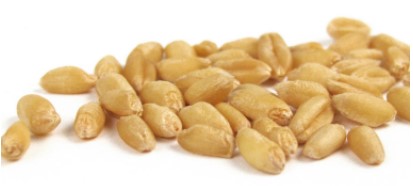
White. Total U.S. white wheat sales, represented mainly by soft white (SW) wheat, are 47% ahead of this time in 2019/20 at 5.52 MMT and are 49% ahead of the 5-year average. In the Philippines, the largest market for U.S. SW, export sales are up 5% from this time last year and 29% from the 5-year average on competitive SW prices compared to other classes of U.S. wheat. The increased demand by Philippine millers is also partially due to early customer buying in response to tight export elevation capacity in the PNW. Strong U.S. Wheat Associates (USW) educational programs in the Philippines helped customers stay informed and make timely buying decisions in the first half of MY 2020/21.
SW sales to key Southeast Asian markets like Vietnam, Thailand, Malaysia and Indonesia are more than 20% ahead of last year’s pace as customers work to secure inexpensive, high quality supplies for 2020/21 delivery before the large Australian harvest comes to market.
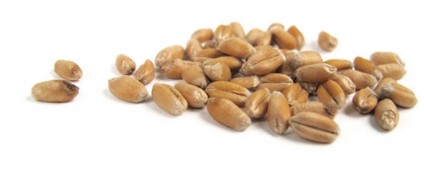
SRW export sales remain sluggish. Total SRW export sales are down 25% on the year at 1.57 MMT, down 28% from the 5-year average. SRW export sales to 7 of the country’s top 10 overseas markets are behind last year’s pace.
“SRW prices are just too high right now,” said one grain trader, “the United States is priced out of the world market, especially to our buyers in Latin America and Nigeria.” Limited exportable supplies of SRW along the Mississippi River due to lower planted area in key states and extremely tight export elevation capacity in the Center Gulf due to increased export demand for soybeans and corn supported SRW export prices in the first half of MY 2020/21.
Between early June and late December 2020, the average SRW free on board (FOB) price was $247/MT, 12% higher than the same period last year. According to AgriCensus, over that period, the average SRW FOB price was 11% higher than Russian 11.5% protein wheat (on a dry matter basis), a key competitor into Latin America and Nigeria.
To date, sales to Mexico and Colombia, the two largest markets for SRW, are down 10% and 26% from this time last year, respectively. Though SRW sales to Mexico are down on the year, sales of SW to Mexico are up 289% from last year at 92,000 MT as customers take advantage of the significant price difference between the two classes.
As of Dec. 24, there are no SRW export sales to Nigeria compared to last year’s volume of 171,000 MT.
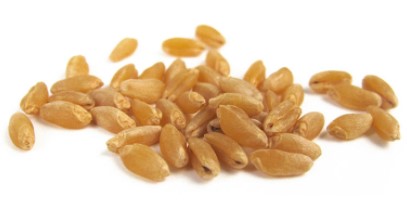
Durum. Year-to-date durum sales in 2020/21 are 25% behind last year’s pace at 590,000 MT but are 20% ahead of the 5-year average. Total sales to Italy, the largest market for U.S. durum, are only 6% behind last year’s pace at 433,000 MT, which is 63% more than the 5-year average.
Click here to see more...